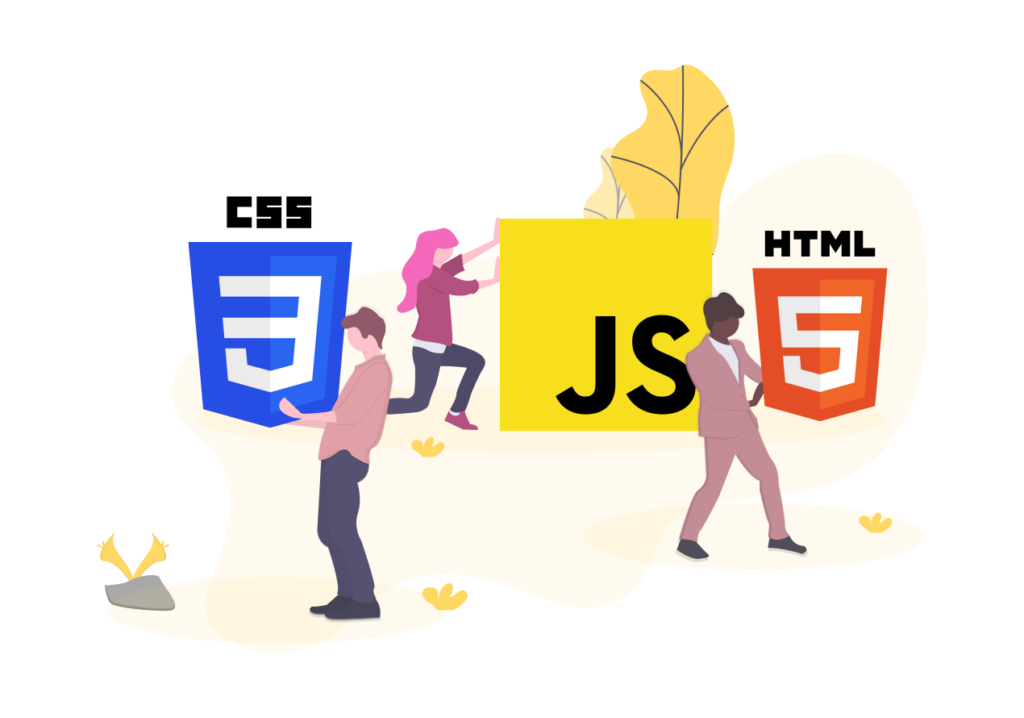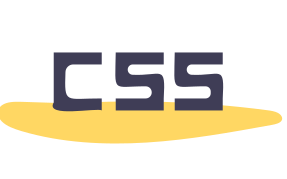Table of Contents
Introduction:
Front-end development is an essential aspect of web development that involves designing and building the user interface (UI) and user experience (UX) of a website or web application. It is the part of web development that is concerned with what the user sees and interacts with on a website, as opposed to back-end development, which involves the server-side functionality.
In this comprehensive guide, we will take a deep dive into this development, exploring the key technologies and techniques used by front-end developers to build high-quality, user-friendly websites and web applications. Whether you’re a beginner just starting out or an experienced developer looking to expand your skillset, this guide will provide you with a comprehensive overview of the front-end development process.

HTML , CSS AND JavaScript

HTML (Hyper Text Markup Language)
HTML is the backbone of front-end development and is used to create the structure and content of a website. It is a markup language that uses tags to define the different elements on a page, such as headings, paragraphs, images, and links. HTML is not a programming language, but rather a markup language, meaning that it provides the structure for the content of a website, but does not add any dynamic functionality.

CSS (Cascading Style Sheets)
CSS is used to style and format the HTML elements on a website. It is a stylesheet language that allows developers to specify the look and feel of a website, including font styles, colors, and layouts. CSS works in conjunction with HTML to create visually appealing, well-designed websites that are aesthetically pleasing to the eye.

JavaScript
JavaScript is a programming language that is used to add dynamic functionality to websites and web applications. It allows developers to create interactivity and animations on a website, as well as to make websites more responsive and interactive. JavaScript can be used to perform a wide range of tasks, such as form validation, creating pop-ups, and updating content without the need for a page refresh.
UI (User Interface) and UX (User Experience)

UI (User Interface)
The UI refers to the look and feel of a website or web application and encompasses all the visual elements that the user interacts with. It includes elements such as buttons, forms, and images, as well as the overall layout and design of a website. A good UI should be user-friendly, intuitive, and aesthetically pleasing, making it easy for users to navigate and use the website.

UX (User Experience)
UX refers to the overall experience that a user has when using a website or web application. It encompasses all aspects of a user’s interaction with a website, including the UI, content, and functionality. A good UX should be seamless, intuitive, and enjoyable, making it easy for users to complete the tasks they came to the website to perform.
Responsive Design
Responsive design is a technique used to ensure that a website looks and functions correctly on all devices, including desktop computers, laptops, tablets, and smartphones. With the increasing use of mobile devices to access the internet, it’s essential that websites are designed to be responsive, as this ensures that they are accessible to the largest possible audience. A responsive website will automatically adjust its layout and functionality to suit the screen size of the device it is being viewed on.
Conclusion
In conclusion, front-end development is a critical aspect of web development, responsible for creating the user-facing aspects of websites and applications. It requires a combination of technical skills, creativity, and a commitment to staying up-to-date with the latest trends and technologies. Whether building simple or complex interfaces, front-end developers play a vital role in creating engaging and accessible digital experiences for users.Finally, front-end development is a rapidly evolving field, and keeping up with the latest trends and technologies is crucial for success. This requires continuous learning and experimentation, as well as a willingness to adapt to new tools and approaches as they emerge.


